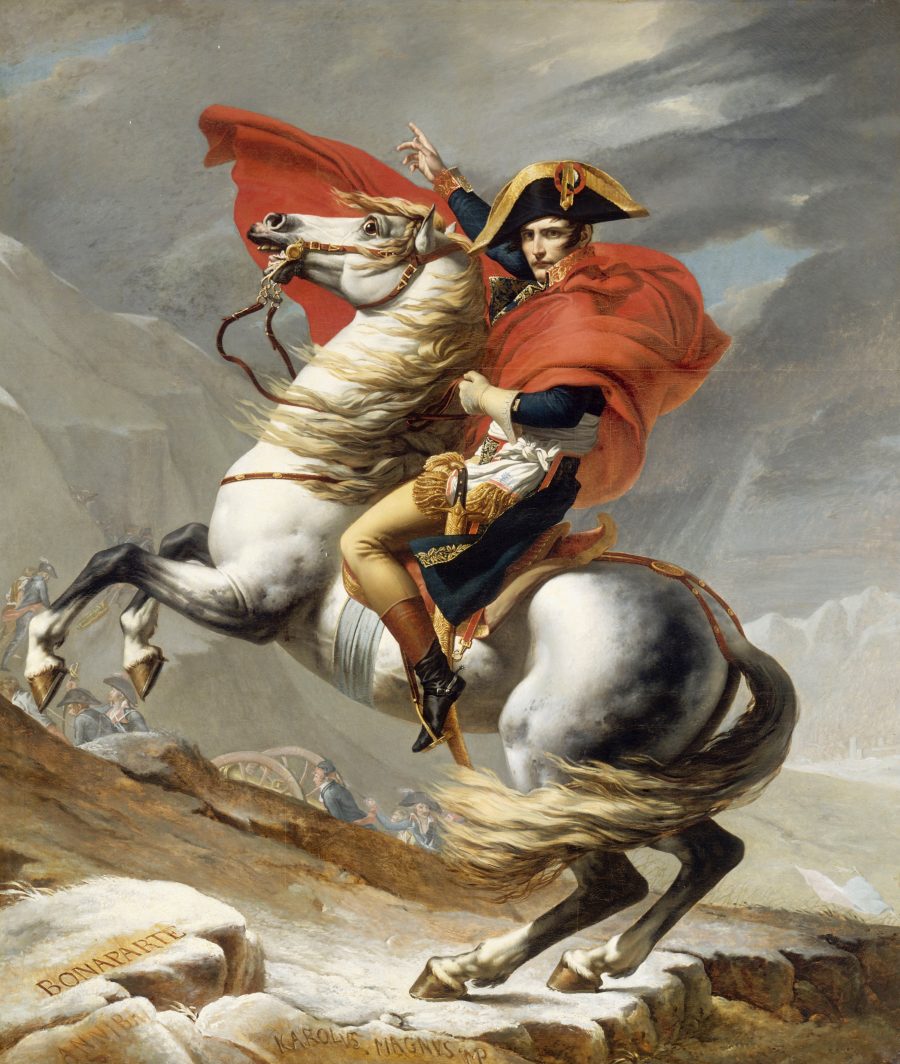In one account of human affairs, an all-powerful deity rules over everything. Nothing can occur without the knowledge and sanction of the omnipotent creator god. In a much more recent iteration, we inhabit an unimaginably complex computer simulation, in which every thing—ourselves included—has been created by all-powerful programmers. The first scenario gives millions of people comfort, the second… well, maybe only a handful of cult-like Silicon Valley techo-futurists. But in either case, the question inevitably arises: how is it possible that there is any such thing as true freedom? The idea that free will is an illusion has haunted philosophical thought for at least a couple thousand years.
But in the existentialist view, the real fear is not that we may have too little freedom, but that we may have too much—indeed that we may have the ultimate freedom, that of conscious beings who appeared in the universe unbidden and by chance, and who can only determine for themselves what form and direction their being might take. This was the early view of Jean-Paul Sartre. “We are left alone, without excuse”—he famously wrote in his 1946 essay “Existentialism is a Humanism”—“This is what I mean when I say that man is condemned to be free.” Freedom is a burden; without gods, devils, or software engineers to fault for our actions, or any predetermined course of action we might take, each of us alone bears the full weight of responsibility for our lives and choices.
Emerging from comforting visions of humanity as the center of the universe—says the narrator in the video above from philosophical animation channel Kurzgesagt—“we learned that the twinkling lights are not shining beautifully for us, they just are. We learned that we are not at the center of what we now call the universe, and that it is much, much older than we thought.” We learned that we are alone in the cosmos, on a completely insignificant speck of space dust, more or less. Even the concepts we use to explain this overwhelming situation are totally arbitrary in the face of our profound ignorance. Add to this the problem of our infinitesimally brief lifespans and inevitable death and you’ve got the perfect recipe for existential dread.
For this condition, Kurzgesagt recommends a remedy: “Optimistic Nihilism,” a philosophy that posits ultimate freedom in the midst of, and solely enabled by, the utter meaninglessness of existence: “If our life is the only thing we get to experience, then it’s the only thing that matters. If the universe has no principles, then the only principles relevant are the ones we decide on. If the universe has no purpose, then we get to dictate what its purpose is.” This is more or less a paraphrase of Sartre, who made virtually identical claims in what he called his “atheistic existentialism,” but with the added force in his “doctrine” that “there is no reality except in action… Man is nothing else but what he purposes, he exists only in so far as he realizes himself.” We not only get to determine our purpose, he wrote, we have to do so, or we cannot be said to exist at all.
In the midst of this frighteningly radical freedom, Sartre saw the ultimate opportunity: to make of ourselves what we will. But this dizzying possibility may send us running back to comforting prefab illusions of meaning and purpose. How terrible, to have to decide for yourself the purpose of the entire universe, no? But the philosophy of “Optimistic Nihilism” goes on to expound a thesis similar to that of the Zen popularizer, Alan Watts, who has soothed many a case of existential dread with his response to the idea that we are somehow separate from the universe, either hovering above it or crushed beneath it. Humans are not, as Watts colorfully wrote, “isolated ‘egos’ inside bags of skin.” Instead, as the video goes on, “We are as much the universe as a neutron star, or a black hole, or a nebula. Even better, actually, we are its thinking and feeling part, the sensory organs of the universe.”
Neither Sartre nor Watts, with their very different approaches to the same set of existential concerns, would likely endorse the tidy summation offered by the philosophy of “Optimistic Nihilism.” But just as we would be foolish to expect a six-minute animated video to offer a complete philosophy of life, we would be painfully naïve to think of freedom as a condition of comfort and ease, built on rational certainties and absolute truths. For all of the disagreement about what we should do with radical existential freedom, everyone who recognizes it agrees that it entails radical uncertainty—the vertiginous sense of unknowing that is the source of our constant free-floating anxiety.
If we are to act in the face of doubt, mystery, ignorance, and the immensity of seemingly gratuitous suffering, we might heed John Keats’ prescription to develop “Negative Capability,” the ability to remain “content with half-knowledge.” This was not, as Lionel Trilling writes in an introduction to Keats’ letters, advice only for artists, but “a certain way of dealing with life”—one in which, Keats wrote elsewhere, “the only means of strengthening one’s intellect,” and thus a sense of identity, meaning, and purpose in life, “is to make up one’s mind about nothing—to let the mind be a thoroughfare for all thoughts.”
Keats’ is a very Zen sentiment, a moody version of the “don’t-know mind” that recognizes emptiness and suffering as hallmarks of existence, and finds in them not a reason for optimism but for the indefinite suspension of judgement. Still, the approach of Romantic poets and Buddhist monks is not for everyone, and even Sartre eventually turned to orthodox Marxism to impose a meaning upon existence that claimed dependence on the hard facts of material conditions rather than the unbounded abstractions of the intellect.
Perhaps we are are free, at least, to commit to an ideology to assuage our existential dread. We are also free to adopt the tragic defiance of another Marxist, Antonio Gramsci, who confessed to something of an “Optimistic Nihilism” of his own. Only he referred to it as a “pessimism of the intellect” and “optimism of the will”—an attitude that recognizes the severe social and material limits imposed on us by our often painful, short, seemingly meaningless existence in a material world, and that strives nonetheless toward impossible ideals.
Related Content:
Free Online Philosophy Courses
Alan Watts Explains the Meaning of the Tao, with the Help of the Greatest Nancy Panel Ever Drawn
Josh Jones is a writer and musician based in Durham, NC. Follow him at @jdmagness




